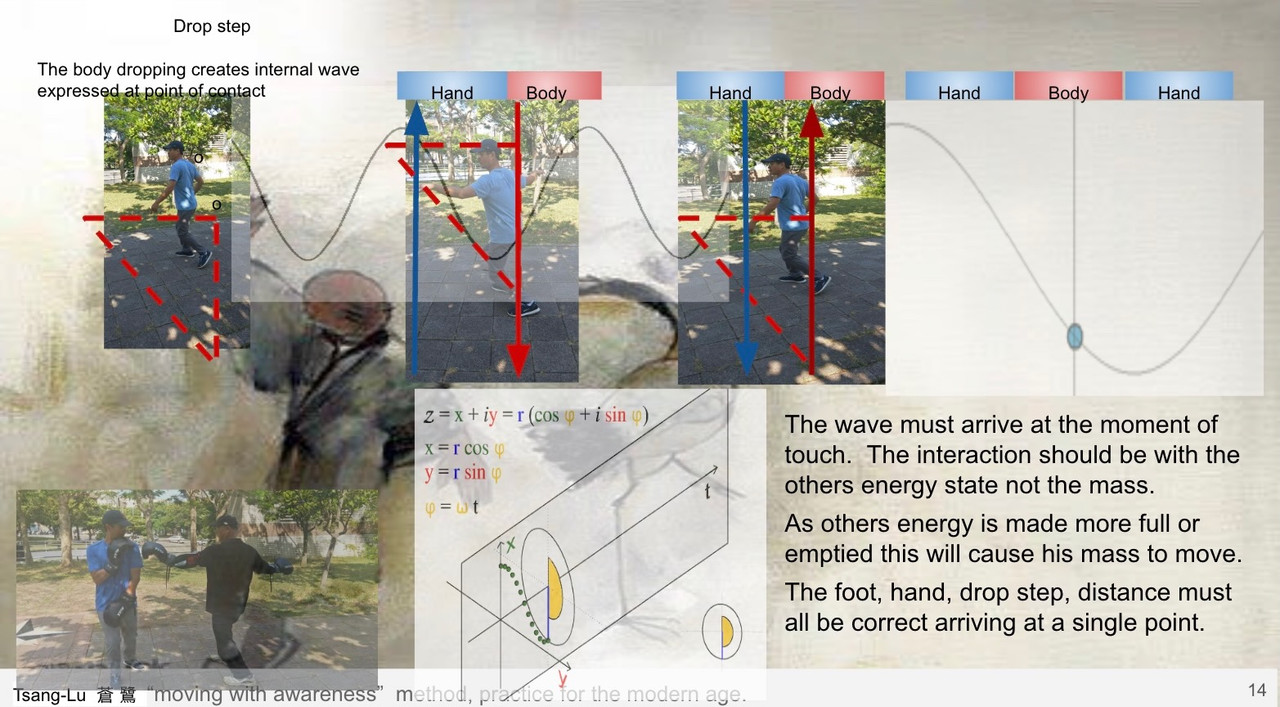As far as telegraphing in TMA forms, you will find many "Chambers" That are very large motions, and even things done in slow motion.
As you probably know, Okinawan karate was modified after introduction into the Japanese public schools and eventually exported to Korea. During this process the meaning/purpose of some techniques were discarded in favor of simplicity and safety. Emphasis was put on execution of individual technique and form, sometimes out of context from the self-defense situation for which it was originally designed. Competition encouraged over-exaggeration and dramatic elements to be included in the forms/kata. This is the distorted lens thru which many view karate leading to misunderstanding what the moves were intended to represent.
The two examples you mentioned do indeed seem to be at odds with effective combat, but this changes when their real purpose is understood. It's important to know that old karate utilized much standup grappling (which was largely removed by the Japanese MA authority so as not to overlap judo/jiu-jutsu). Returning the hands to the hip, "chambering," was simply grabbing the opponent's arm and pulling him into a strike.
Along this same line, slow motion moves (while adding drama) often represent the opponent's resistance during a pulling technique and in Okinawan kata are usually done with some degree of tension to further illustrate this (as in seiunchin kata).
Goju ryu founder, Miyagi (b. 1888), listed "rules of kata" which provide a key in understanding kata technique, as well as the art in general. To paraphrase the ones relevant to your examples, "Every move has significance - No pauses or movement for dramatic effect," and "The chambered hand has something in it." Seen thru this lens, moves that may outwardly seem illogical do have a practical combat application.
I don't think forms were ever intended to be the sole method to train for Combat, Self Defense, or Sparring for any system.
100% true. Forms are for transmission of knowledge and solo practice. There is no substitute for a living body in front of you executing attacks upon your person to prepare you for self-defense or sport combat.


